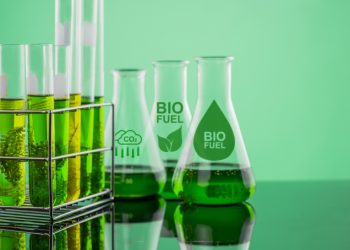BP issued its medium-term plans for the next five years, based on oil prices similar to where they are today. BP’s strategy includes the company’s aim to continue to meet the energy demands of a changing world.
Over the past six years BP has delivered around $75 billion of divestments, focused investment to build and improve safety, reliability and underlying performance.
Bob Dudley, BP group chief executive, said: “In six years we have fundamentally reshaped and built a very different BP. We are now stronger and more focused – fully competitive and fit for a fast-changing future. We can see growth ahead right across the Group. While always maintaining our discipline on costs and capital, BP is now getting back to growth – today, over the medium term and over the very long term.”
Over the next five years, BP expects both of its major operating segments to deliver material growth in operating cash flows, upstream, downstream and reliable operations, increasing efficiency, simplification and modernisation and a material improvement in operating cash flow through the second half of 2017. Moreover, BP intends to maintain its existing financial frame throughout the five years to 2021.
Dudley added: “We expect this combination of continued cost discipline with the growing cash flow from our core businesses – and the recent portfolio additions – will steadily drive down the cash balance point of the business.”
New business models
Beyond the next five years, BP’s strategy aims to ensure that will keep meeting the energy demands of a changing world.
BP’s Alternative Energy business – comprising US Wind and Brazilian biofuels – is already the largest operated renewables business among oil and gas peer companies and BP is further optimising and improving efficiency to deliver incremental growth. In Wind, BP is upgrading some of its existing turbines and, in biofuels, has debottlenecked manufacturing sites to increase production.
BP is also exploring new business models and technologies which may potentially develop into options for material businesses in the future, with investment into venturing in areas such as low-carbon, digital and mobility to incubate and grow options for the future.
Upstream
Over the past five years BP’s Upstream segment has begun production from 24 major projects, including six in 2016. Seven projects are expected online during 2017 – making it one of the largest years for commissioning new projects in BP’s history. These projects are on average ahead of schedule. A further nine projects that are expected to start up through 2018-2021 are already under construction.
The projects coming on line in 2016 and 2017 are on track to deliver 500,000 barrels of oil equivalent a day (boe/d) new production capacity by the end of this year.
Downstream
In its refining and petrochemicals manufacturing businesses, BP expects the Downstream to deliver further performance improvements by continuing to focus on efficiency and operational performance, improving both competitiveness and resilience to the price and margin environments.
Source: BP































































